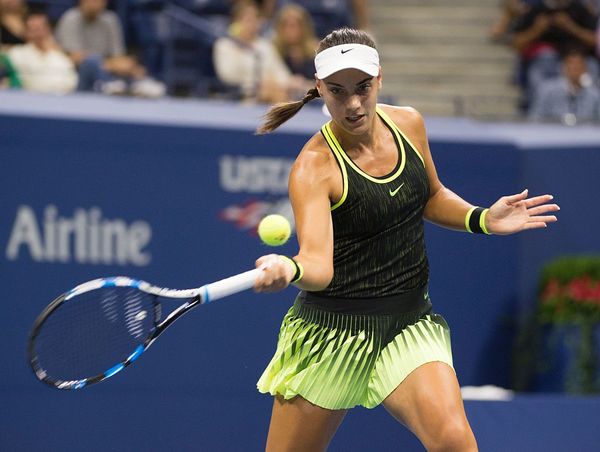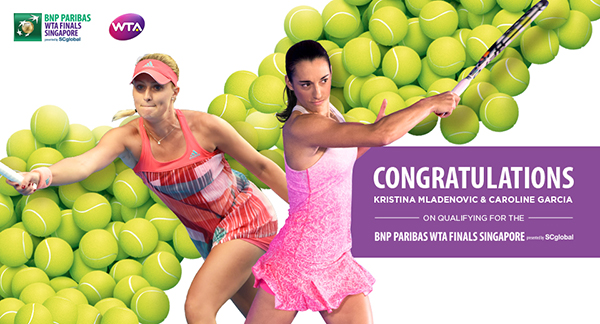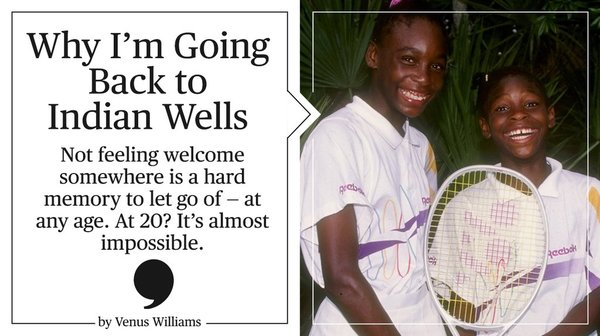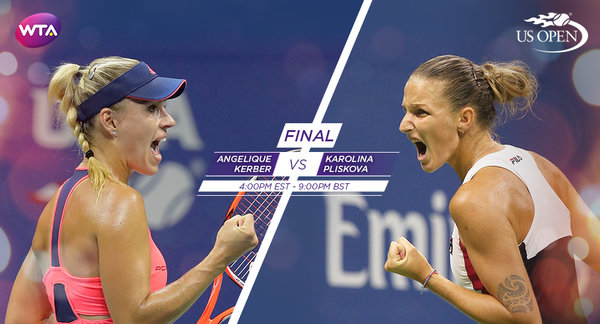Konjuh Thrives In The Concrete Jungle
A US Open champion must balance the fatigue from a long season with the freneticism the big city. Unseede dAna Konjuh triumphed three years ago in the junior event, and New York has been in her blood ever since.
“The energy here is great,” she said after her third round win over Varvara Lepchenko. “There’s always something to do, so I’m not in the hotel like usual. I love the city and the tournament. It’s really great to be here.”
Konjuh had just reached the second week of a Grand Slam tournament for the first time, but the last teenager left in the draw discussed her daily schedule like an old pro.
“There’s always a day between the matches, so I finish practicing around noon, and then go do what I do.
“I don’t want to be stuck on site 24/7 where it’s just tennis, tennis, tennis. That’s a bit boring. I’m 18 years old and I like to do other stuff too.
“I like to discover new restaurants, see movies, and just strolling around the city. I went shopping on Fifth Avenue, went to Broadway and Times Square, I did some sight seeing. It was really nice.”
The Croat’s week got even nicer on Monday when she knocked out No.4 seed Agnieszka Radwanska under the roof at Arthur Ashe Stadium to reach the quarterfinals.
“I played her at Wimbledon,” she reminded members of the media late last night. “This time I took opportunities. I was just going for it. It was the key to the match.”

Konjuh had held three match points against the Pole at the All England Club, eventually spraining her ankle en route to a heartbreaking loss.
“After that, I went home and had three weeks of therapy. That was really hard because I didn’t get any off time in the summer; I had to do therapy and exercises all day to get better. After that, I got back on court and was bit afraid of moving.”
Fans who saw the injury could certainly forgive the fear. The teenager was running for a Radwanska drop shot when disaster struck in real time.
“My coach showed me the video on Twitter while I was waiting in the physio room,” she recalled.” I said, ‘Yeah, that looks great!’ I didn’t know what had happened to my ankle yet, but I saw the video and was like ‘Oof. If I get back on the court, it’ll be good.'”
Looking more than good headlining her first night session, Konjuh received high praise from coach and former WTA No.32 Jelena Kostanic Tosic.
“My coach said it was my best match ever, and I believe her. I’m obviously seeing that from the other side. I’m real excited about my performance tonight. My serve was pretty good tonight. I don’t think she had any answers.
“I just took the opportunity and went for it, enjoyed the moment.”

Staying present is a learned skill for Konjuh, who was a budding junior star when older sister Antonia fell dangerously ill with a rare autoimmune disease.
“One day she fell on the ground and we didn’t know what had happened. I think I was in Turkey, somewhere, playing a 10K. My father let me know, but I didn’t think it was something serious.
“But then day after day, she didn’t get better, and she celebrated her birthday not knowing who we are. That was really tough for our whole family. She was in the hospital and when I was home, I’d get to see her. I had to do what I had to do in tennis, but I was praying for her. When she got better, it was a miracle.
“Nobody knew what was wrong with her because it was an autoimmune disease, and she was the first case in Croatia. We’re a small country so nobody knew anything. It was really hard for us, but we got through it.
“It defined who I am today. Now I don’t take anything for granted and I just live every day like it’s my last.”
There’s a quiet confidence about the Croat, who next plays No.10 seed Karolina Pliskova, herself a rookie at this stage of a Slam. Her no-nonsense attitude could not only rival a native New Yorker’s, but also help her continue to get by in the city that never sleeps.
“I like fancier places but the food is so expensive, and I don’t see why I should pay for that when the food is great at Dave & Buster’s. We’ll go after a match and have some fun, and then go to Times Square and do some sight seeing. I haven’t been to the Empire State yet, so I hope I can do that this year.
“But if not, there will be other years.”
All photos courtesy of Getty Images.








